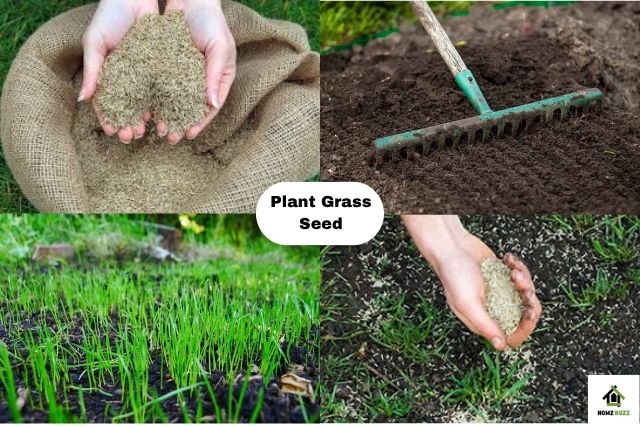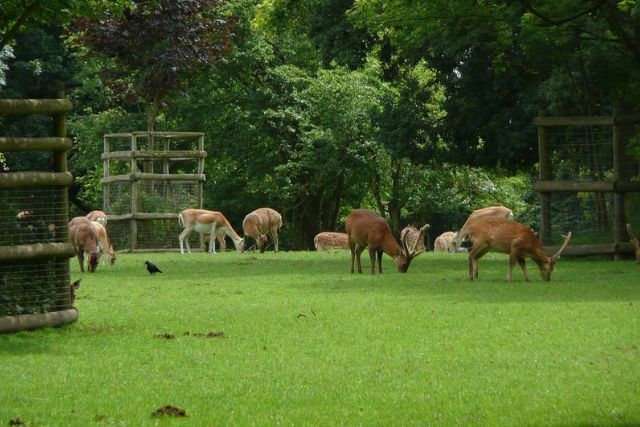Struggling with dry, patchy grass that can’t handle the summer heat? It’s time to switch to Bermuda. Renowned for its rapid growth, toughness, and ability to withstand heat, Bermuda grass forms a dense, vibrant lawn that flourishes in full sunlight. Whether you’re planting a high-traffic yard, a sports field, or just want a lawn that stays lush all season, choosing Bermuda grass seed is a smart move. But success starts with the right planting method. Follow this step-by-step guide to plant Bermuda grass seed successfully for optimal results.
How to plant Bermuda grass seed step by step

Curious about how to plant Bermuda grass seed for the best possible results. Timing is everything. Bermuda grass thrives when the soil remains consistently warm. Soil temperatures above 70°F typically occur from late spring through summer. Planting in summer provides the ideal window for seeds to sprout quickly and develop strong growth. Strong roots give you a thick, green lawn that can handle heat and heavy foot traffic all season long.
- Plant when daytime temperatures consistently reach 80-95°F and the soil is warm.
- Avoid planting in the fall, as young grass won’t survive winter dormancy
- Requires full sun exposure (6-8 hours daily) for optimal growth
Following these timing recommendations gives your Bermuda grass the strongest start. Now, let’s examine how to prepare your soil for seeding success properly.
Prepare the Soil
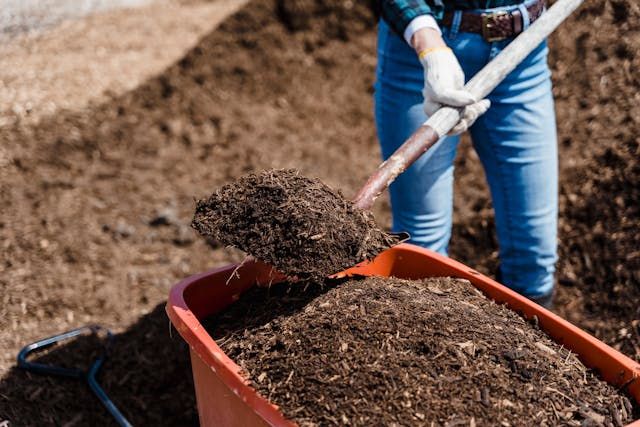
Bermuda grass loves well-drained soil. Start by removing weeds, rocks, and debris. Loosen the top 2-3 inches of soil with a rake or tiller, then mix in compost or sand if your soil is too compact. A soil test (available at garden centers) can help adjust pH levels. Bermuda grass grows healthiest in soil with a pH range of 6.0 to 7.0.
Sow the Seeds
Evenly distribute Bermuda grass seed with a broadcast spreader to ensure maximum coverage. Aim for 1-2 pounds per 1,000 sq. ft. Lightly rake the seeds into the soil to protect them from birds and wind.
Watering and Mowing Timing
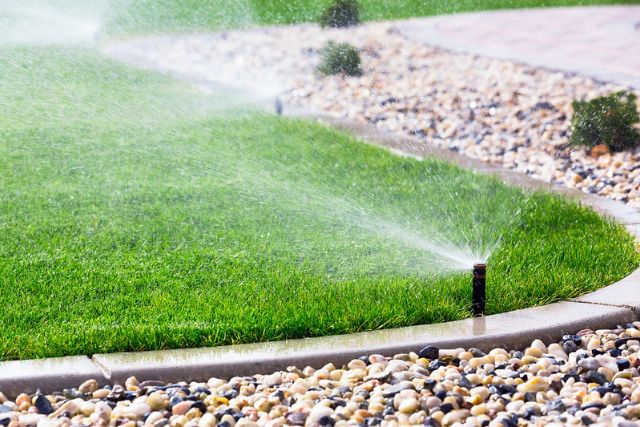
Looking for a lush, green Bermuda lawn that grows quickly and remains resilient? Follow these simple steps
- Water 2 to 3 times daily for 7 to 10 days, keep soil moist
- After sprouting water 1 to 2 times weekly for deeper roots
- Maintain a mowing height of about 2 inches, trimming down to 1 to 1.5 inches for thicker growth
- Apply a nitrogen-rich fertilizer 4 to 6 weeks after planting
- With the right care, Bermuda grass can develop into a thick, strong lawn in a week
Best Time to Plant Bermuda Grass
Bermuda grass seed typically sprouts in 5 to 10 days and fills in completely within 4 to 6 weeks, but only if you nail these key factors:
Bermuda grass germination
Between days 5 and 10, you will see the first tiny green sprouts popping up like baby haircuts. By weeks 2 to 3, the grass blades begin to thicken and fill in. Around weeks 4 to 6, your lawn should have full coverage if the Bermuda grass seed was planted and properly cared for.

Temperature of a Soil
Bermuda grass might start slow, but it kicks into high gear once the heat sets in. Keep watering and watch what happens next
- Peak growth happens when soil temperature stays between 75°F and 90°F
- Use a soil thermometer to track the ideal range for fast germination
- If the soil is below 65°F, seeds will stay dormant and delay growth
With proper timing and care, your Bermuda grass will establish quickly, creating a thick, drought-resistant lawn ready to handle Texas summers. The secret? Plant when the soil is warm, keep it moist, and give it plenty of sunshine.
How to plant Bermuda grass seed on an existing plant
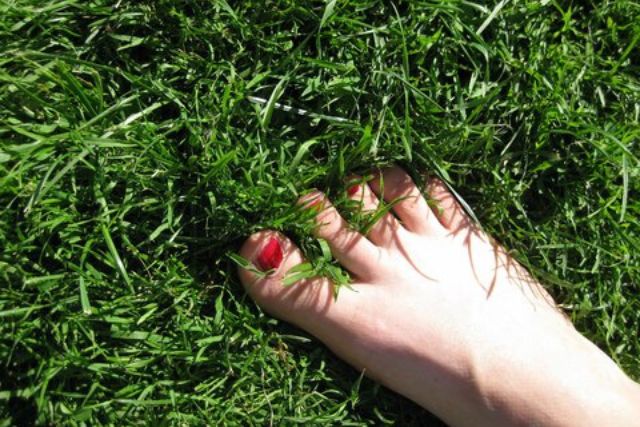
Is your lawn looking thin and patchy? You can revive it by overseeding with Bermuda grass seed without tearing up your entire yard! This simple method fills in bare spots while working with your existing grass. The key to success is thorough preparation, effective seeding methods, and attentive aftercare.
Key Steps for Successful Overseeding
Transforming your patchy yard into a vibrant green lawn doesn’t mean tearing everything up. By following a few easy steps, you can overseed with Bermuda grass and achieve dense coverage in just a few weeks. Follow this guide to get started, no guesswork required.
- Mow existing grass short (aim for about 1 inch)
- Remove thatch buildup to allow better seed contact
- Aerate compacted soil to enhance air circulation and promote stronger root growth.
Step 1: Choose the Right Bermuda Grass Seed
Pick quality seed-coated Bermuda grass varieties that thrive in your region. Seed coatings enhance germination and protect against pests or disease.

Step 2: Plant at the Perfect Time
Timing is key. Wait for late spring to early summer when soil temperatures consistently stay above 70°F. This warm window ensures quick germination and stronger roots. Also, spread and cover the seed correctly by following these steps.
- Spread 1.5 pounds of seed per 1,000 square feet. It is half the rate of the new lawns.
- Rake lightly to ensure good soil-to-seed contact.
Spread a thin 1/8 inch layer of compost or topsoil over the area, just enough to cover the seeds without blocking sunlight.
Step 3: Watering and Lawn Care Tips
Lightly water the area twice daily for the first 7–10 days, or until the seeds begin to sprout. Once you see new growth, switch to deeper, less frequent watering to help roots grow strong. Allow the grass to grow to roughly 2 inches tall before making the first mowing. After four weeks, apply a starter fertilizer to boost thick, healthy growth. To keep birds from disturbing the area, you can also use light protective screens or predator-eye balloons.
When to plant Bermuda grass seed in Texas

Want a lawn that thrives in Texas’ brutal heat? Planting Bermuda grass seed at the right time makes all the difference. In the Lone Star State, planting at the right moment helps seeds germinate quickly, grow deep roots, and handle scorching summers. Discover the perfect planting window for maximum success.
Critical Factors for Success
Pay Attention to Soil Warmth, then wait until the soil hits 65°F or higher for best results. Check it by using a soil thermometer.
- Bermuda grass needs full sun, at least 6 hours a day
- Keep the soil moist for the initial two weeks
- Use fresh, coated Bermuda grass seed for the best results
For existing lawns, overseed thin spots in May when the soil is warm but before the extreme summer heat arrives.
Mistakes to Avoid
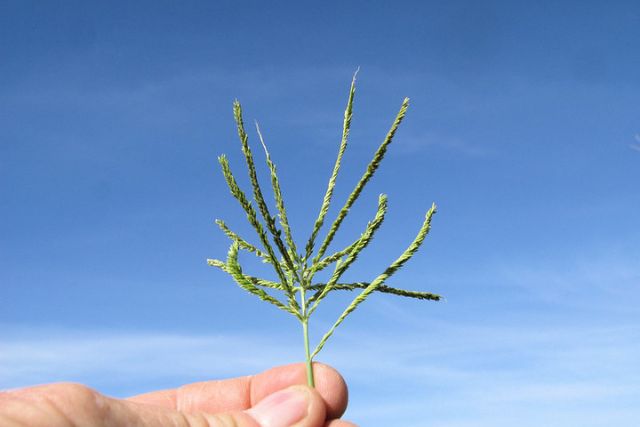
July is the cutoff for planting because seedlings need at least eight weeks of warm weather to grow strong enough to survive the winter. Additionally, be cautious of early-season storms, as heavy rain can wash away newly planted seeds before they have a chance to take root.
Final Thoughts
Bermuda grass is the ultimate choice for a lush, heat-tolerant lawn. By planting at the right time, preparing the soil properly, and following a consistent watering and mowing schedule, you can transform patchy turf into a vibrant green carpet. Whether starting fresh or overseeding, the key is warm soil, full sun, and steady care. Plant smart, and your Bermuda lawn will reward you all season long.








